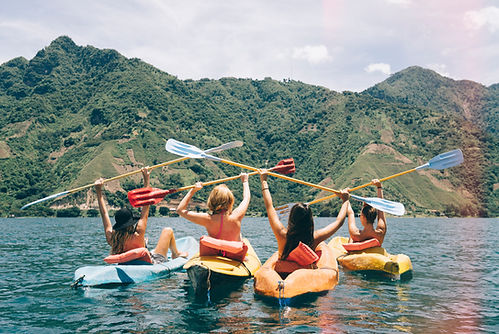Start with understanding

Photo Credit: Wix Free Stock image
Children understand play, so what if we start with what they already understand? On my page 'Learning to Align,' I introduced a lesson that we will be covering in my STEAM Club. There, we examined the overarching goal of the barge building assignment as a whole. In this context, we are utilizing the Understanding by Design (UbD) Template from the book 'Understanding by Design' by Grant Wiggins and Jay McTighe. My aim is for my students to develop a genuine interest in the topic we are discussing. And what better way to accomplish that in the context of barge building than by creating a big splash? I envision and plan to set up this activity for them once they join me. I will be carrying a rock, or perhaps even a brick, and undoubtedly, they will have many questions about the heavy object I'm carrying. Once we reach the pool of water, whether it's a bucket or a small swimming pool, I will drop the object into the water, creating a splash. With their attention captured, I will proceed to ask questions about what just occurred. They will be given a moment to journal their observations and then discuss their thoughts. This will seamlessly transition us into our UbD Template, enabling my learners to be excited about building upon the understanding they already possess.
Understanding by Design
Unit planning template
Identify Goals & Understandings > Assessment> Activities
Stage 1 - Desired Results
Established Goals:
-
Students will understand how buoyance and surface tension relate through exploration and creation using foundational math skills.
Understandings:
Students will understand that...
-
Students will understand the items that do not break surface tension will float.
-
Students will understand how to create something that doesn't break surface tension
-
Students will understand how to test the buoyancy of an item through exploration and placing objects within their item to see how long before it sinks.
-
Students will understand how to and predictions and use the given math formula to see how accurate their prediction was.
Essential Questions:
-
Will this object break surface tension?
-
What type of object can the student create
-
Predict how much of a certain object this created object can hold.
Students will know...
-
Students will know how to form an educated guess.
-
Students will know how to properly test their theory.
Students will be able to...
-
Students will be able to defend their theories.
-
Students will be able to work separately and collaboratively.
Stage 2 - Assessment Evidence
Performance Tasks:
-
Students will create an object that can hold another object in water without sinking to demonstrate the desired understanding.
-
Students will be judged based on their ability to properly follow the math formula given.
Other Evidence:
-
Students will journal about their understanding from start to finish.
-
Why do they believe the object with floating?
-
What real-life times have they seen floating?
-
They will sketch out their object before creating it.
-
They will write out their predictions on what they believe their object will carry.
-
They will work the formula given to find how accurate their prediction was.
-
Stage 3 - Learning Plan